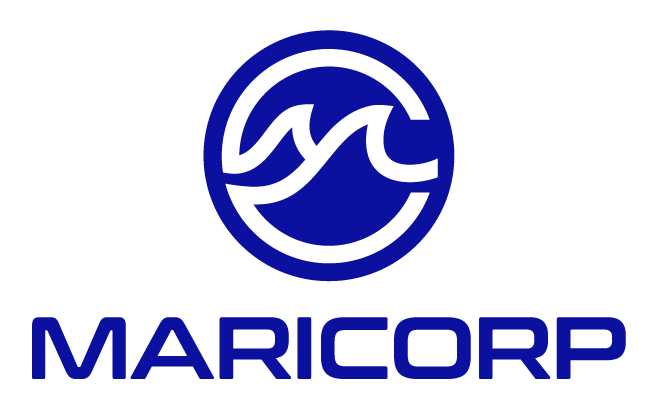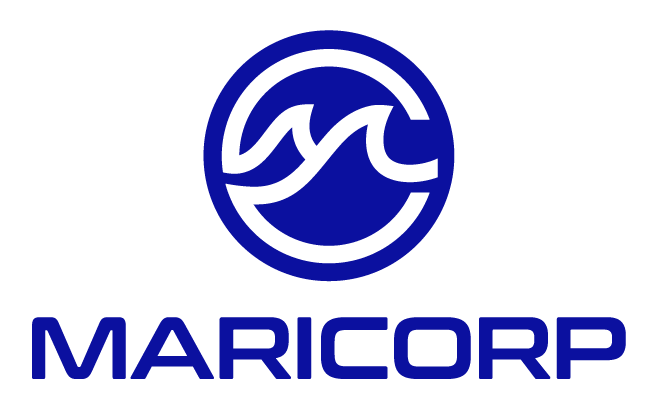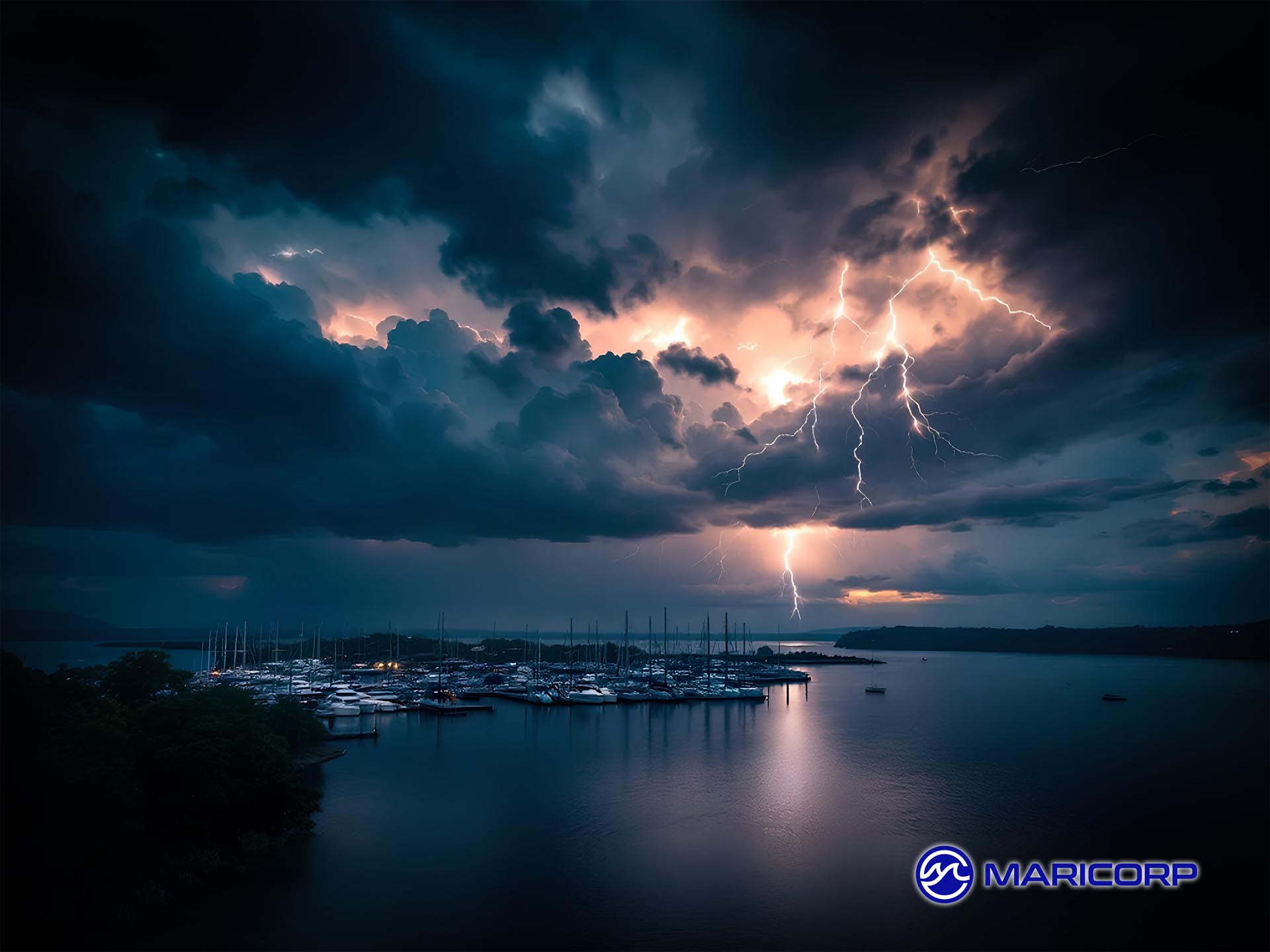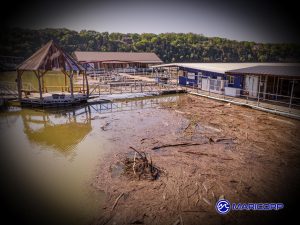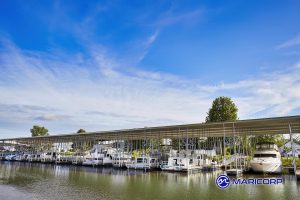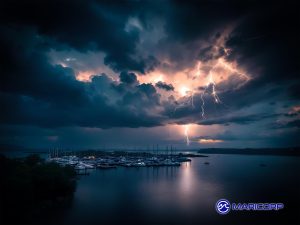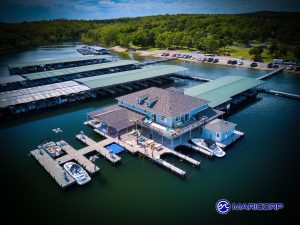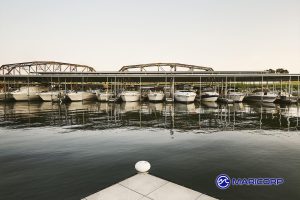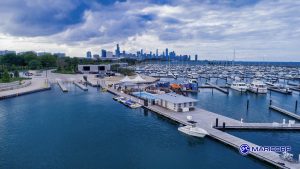Staying Storm-Ready: Marina Weather Preparedness
Summer Weather Threats at the Marina
Summer at the marina offers more than long weekends and calm waters. It also marks the height of unpredictable weather across the continental U.S.—bringing everything from pop-up thunderstorms and tornadoes to hurricanes, floods, and even drought conditions. In this environment, having a strong marina weather preparedness plan isn’t optional—it’s essential. With proactive protocols, marinas can protect infrastructure, assist boaters, and maintain operations, even when the forecast turns dangerous.
Understanding Summer’s Top Weather Hazards
Thunderstorms and Straight-Line Winds
These fast-moving storms are a common and costly threat. According to NOAA’s National Severe Storms Laboratory, straight-line winds can exceed 60 mph and cause severe dock damage. Loose gear, unsecured boats, and awnings are frequent casualties. Strong marina weather preparedness means removing hazards and reinforcing vulnerable structures before storms arrive.
Hurricanes and Tropical Storms
Hurricane season runs June through November. For coastal marinas, storm surge, high winds, and heavy rain can result in catastrophic losses. BoatUS emphasizes early planning and recommends securing boats with spider-web mooring lines, clearing docks, and removing canvas or equipment. A well-documented marina weather preparedness plan allows operators to act quickly as storms develop.
Tornadoes and Microbursts
These threats are not limited to the Midwest—tornadoes and microbursts affect marinas from the Great Plains to the Southeast and beyond. FEMA recommends identifying safe shelter zones and to run seasonal safety drills. Incorporating tornado and wind-specific responses into your marina weather preparedness policy ensures everyone knows what to do when sirens sound.
Flooding and Storm Surge
Even inland marinas are at risk for flooding, especially when storms dump heavy rainfall in a short time. Flooded docks, fuel stations, and power pedestals can create hazardous conditions. Coastal marinas also face the added danger of storm surge. The NWS’s “Turn Around Don’t Drown” campaign highlights the dangers of even shallow moving water. Effective marina weather preparedness includes updated flood maps, staff response protocols, and vessel evacuate on routes.
Drought and Low-Water Levels
Drought may develop slowly, but its effects are disruptive. Low water levels can damage outdrives, expose hazards, and limit marina access. For facilities along rivers or reservoirs, the U.S. Drought Monitor is a valuable planning tool. Every marina weather preparedness plan should include low-water operating procedures and long-term conservation steps.
Creating an Effective Preparedness Plan
Annual Planning and Staff Roles
Start by reviewing and updating your emergency plan at the beginning of each season.The NWS Storm Preparedness Toolkit offers resources and contacts to become “StormReady”. A successful marina weather preparedness strategy defines staff responsibilities, vendor contacts, emergency communication methods, and site-specific risk maps.
Facility Resilience and Infrastructure Upgrades
Flood-resistant electrical systems, reinforced docks, and extended mooring lines help prevent damage from rising water or wave action. FEMA recommends raising utilities and switching to corrosion-resistant materials. Infrastructure is a key focus of modern marina weather preparedness, and upgrades can reduce long-term repair costs.
Boat Protection and Boater Outreach
Double mooring lines, remove sails and canvas, and instruct boaters to leave early when warranted. NOAA’s guide for mariners offers preparation checklists that can be customized and shared via email or posted at fuel docks. Boater participation in your marina weather preparedness plan is crucial for overall safety.
Alert Systems and Emergency Triggers
Every marina should define action triggers tied to weather alerts—like initiating dock lockdowns during a severe thunderstorm warning or notifying boaters of evacuation routes during a tropical storm watch. Tools like the FEMA App and NOAA Weather Alerts allow staff to monitor evolving threats in real time. Use them to drive your marina weather preparedness actions with confidence.
Weather Monitoring Tools That Work
Effective marina weather preparedness begins with timely information. These tools are trusted by boaters and professionals alike:
- MyRadar: HD radar, real-time wind data, and lightning tracking
- RadarScope: High-detail storm monitoring, ideal for tornado alerts
- Clime (NOAA Radar Live): NWS-approved alerts and storm forecasts
- Red Cross Emergency App: Custom alerts and emergency checklists
- U.S. Drought Monitor: Weekly drought reports across the U.S.
Encourage staff and boaters to use at least two tools and enable location-based alerts. This supports quick response and strengthens overall marina weather preparedness efforts.
Communication and Coordination
During fast-moving weather, communication is everything. Build messaging into your marina weather preparedness routine:
- Post emergency instructions in common areas
- Use SMS and PA systems for active alerts
- Provide printed handouts or QR codes linking to your plan
- Share drills and safety tips in your summer newsletter
By keeping everyone informed, you reduce confusion and increase compliance.
After the Storm or Event
Once a threat passes, it’s time to assess. Conduct a walkthrough to check electrical systems, floating structures, and docks. Use waterproof cameras to document damages and clean up debris before reopening. In drought-prone regions, inspect underwater obstructions and channel access points. Close the loop by reviewing what worked and what needs adjusting in your marina weather preparedness plan.
Preparedness is Good Business
At its core, marina weather preparedness protects people, property, and your reputation. Whether you’re facing a Category 2 hurricane, a sudden flash flood, or a record-setting drought, readiness is the most important tool on your dock. Marinas that invest in weather planning not only reduce downtime—they build trust with boaters and demonstrate real leadership in challenging conditions.
No links yet.Related Weather Preparation Articles
*Sign up for our free newsletter “Marina Management Journal” so you can stay up to date
About MariCorp
Maricorp is one of the largest floating boat dock manufacturing and construction companies in the United States, specializing in galvanized steel floating docks and boat lift systems. With projects spanning coast-to-coast, Maricorp provides marina consultation and design, marine construction, marina repair and renovation, and boat dock disaster response and demolition.
